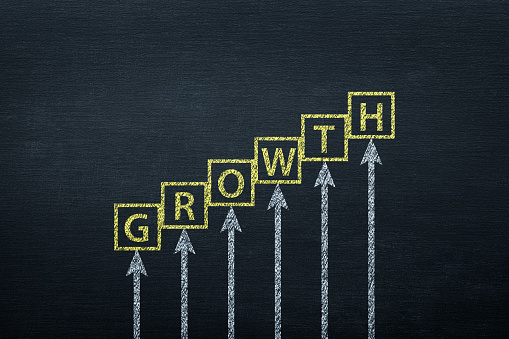All countries face recurrent ups and downs in production growth, employment, income, and spending. It is called the business cycle or economic cycle.
The economic cycle is a pattern of gross domestic product (GDP) upward and downward movements, which genuinely reflects an economy’s overall long-term growth. GDP determines the net value of goods and services, which is used to represent an economy’s overall wealth.
The cycle is a valuable instrument for economic analysis. It can also be of use in making sound financial decisions. Learn more about what an economic cycle is, how the economic cycle works, and the four phases that each economic cycle has.

Economic Cycle
The term economic cycle (or business cycle) refers to variations in output, commerce, and overall economic activity around the economy. The economic cycle, from a conceptual viewpoint, is the upward and downward movements of GDP levels.
It refers to phases of expansion and contraction around a long-term growth pattern in the level of economic activities (business fluctuations).
Since the economy consists of businesses (both private and public), businesses are influenced by the economic stages. Maybe they affect the economic stages – or even a little bit of both!
The terminologies used to characterize the business cycle vary subtly when talking about economic phases, but you can find that they are carbon copies of economic stages.
Stages of the Economy
Economic cycle involves four different economic stages: expansion, peak, contraction, and trough. An expansion is linked to a higher employment rate, economic growth, and price inflation.
A peak is the highest point of the economic cycle when the economy performs at the maximum allowable production, jobs are at or above full employment, and inflationary price pressures are apparent.
After a peak, the economy usually undergoes a correction which is accompanied by a contraction or recession in which growth slows, employment declines (increases in unemployment), and price pressures die down.
The slowdown is halting at the trough, and the economy has struck the bottom at this level, through which the next period of expansion and contraction will surface.

Impact of Economic Phases
As the economy expands, companies raise revenues, leading to the hiring of workers and more disposable income and consumption. It, in essence, brings companies more money, and it persists in a virtuous loop.
Businesses lose money when the economy is in contraction, which leads to retrenchment and laying off of workers. When workers lose their jobs off, there is less discretionary income and less spending power, resulting in even lower profits for the businesses.
It goes on in a vicious spiral. An economy should be in continuous expansion; however, it requires contractions to hold inflation in check and ensure that the economy does not heat up.
An overheated economy is an economy that has undergone a lengthy period of strong economic growth but has also started hitting high inflation levels. Too high inflation leads to inefficiency and problems inside a market-based economy.

Bottom Line
Every person is a player in the market-based economy. A market-based economy’s defining factor for success is that it arguably makes everybody better off by generating and consuming more goods and services throughout time.
Simply put, an economy’s GDP reflects the increased levels of output and consumption, and an increasing GDP is a significant aspect of a vibrant economy.
Because everybody is a participant in the overall economy, it makes perfect sense that the state of the economic cycle affects everybody, positively and negatively. To generate more wealth, it is ideally in everyone’s best interest for the economy to be at an expansion stage or boom period.













